Cellist Ilya Finkelshteyn shares his experience of playing the ’Farina’, the cover instrument of The Strad’s July 2025 issue and poster. He is principal cellist in the Cincinnati Symphony Orchestra, a faculty member of the University of Cincinnati College Conservatory of Music, and a frequent performer at the Mostly Mozart Festival in New York City

Read more lutherie articles here
It was in March 2018 that I first met the ‘Farina’ Montagnana. I heard that it was to be sold through the estate of Robert Jamieson in Minnesota, so I flew over to try it out and played it for around six hours. It blew me away: as well as being truly beautiful, the cello had a sound and playability that were everything I could have hoped for.
I normally have to ‘get to know’ an instrument, and find out how it likes the sound to be drawn from it, before it starts to open up. Stradivaris, for example, demand a very specific way of being played. In my experience, the ‘Farina’ was unique in that it responded immediately to everything I did: fast and slow bows, more and less pressure, playing closer to the bridge or more towards the fingerboard. It created all the colours I could want.
In the past I’ve always found that most instruments have a few limitations: maybe the sound is too bright with not enough darkness, or vice versa. The ‘Farina’ has what I’d call a bright, dark sound. It has unbelievable presence and range; I found I could brighten up the sound or darken it just as I felt. It was still strung with gut strings, which sometimes aren’t as easy to deal with as metal, so we changed the strings and it was still perfect.
I took the cello back to Cincinnati and played it in a blind audition for the orchestra’s board and management. I was trialling a Stradivari at the same time and even though I played the same excerpts on both instruments, everyone preferred the ‘Farina’, hands down. One board member asked me to play Bruch’s Kol nidrei and when I played it on the ‘Farina’ she started to cry. This told me there’s such a human, visceral quality to the sound of the ‘Farina’, whereas Stradivaris can sometimes feel as though you have to admire them from afar rather than connect with them on a human level.
I’ve had only one modification done since the orchestra acquired it seven years ago. Because the ‘Farina’ is uncut, the upper bouts are very large and I’m not the tallest person in the world. I sometimes felt it was difficult to get into certain positions as the neck angle was too low. So my friend violin maker Christophe Landon did a neck graft and neck reset, after which it became easier to play and the sound opened up even more. We also changed the bridge.
I feel like I learn something new about the ‘Farina’ every day. When making recordings, the sound engineer has to turn down my microphone because it sounds up to eight decibels louder than any other cello! It also responds well to different bows: I use a Tourte for chamber music and most concertos, and a John Dodd for most other occasions. My string set-up is Spirocore Tungsten mediums for the C and G, Evah Pirazzi Solo for the D and a Pirastro Permanent medium on the A.
INTERVIEW BY CHRISTIAN LLOYD
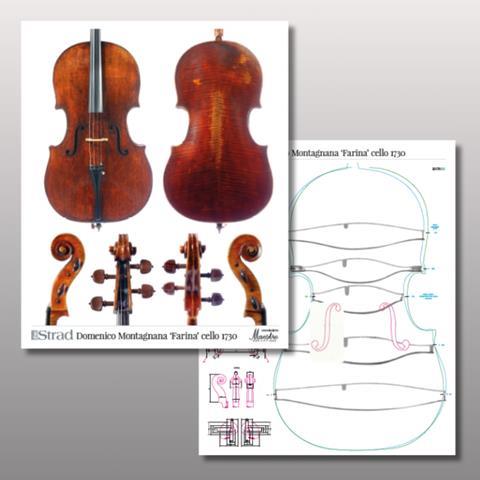
Purchase The Strad poster
Subscribers to The Strad receive a folded copy of the ‘Farina’ Montagnana poster. To order a rolled copy from The Strad Shop, please visit www.thestradshop.com
Read: Power and majesty: Domenico Montagnana ‘Farina’ cello 1730
An exclusive range of instrument making posters, books, calendars and information products published by and directly for sale from The Strad.
The Strad’s exclusive instrument posters, most with actual-size photos depicting every nuance of the instrument. Our posters are used by luthiers across the world as models for their own instruments, thanks to the detailed outlines and measurements on the back.
The number one source for a range of books covering making and stringed instruments with commentaries from today’s top instrument experts.
The Canada Council of the Arts’ Musical Instrument Bank is 40 years old in 2025. This year’s calendar celebrates some its treasures, including four instruments by Antonio Stradivari and priceless works by Montagnana, Gagliano, Pressenda and David Tecchler.

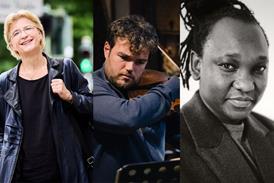

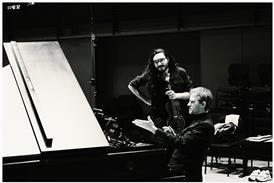
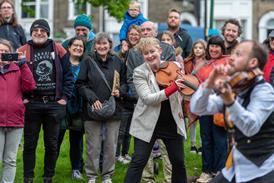
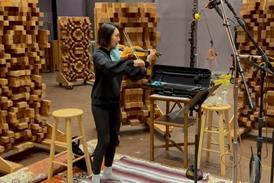
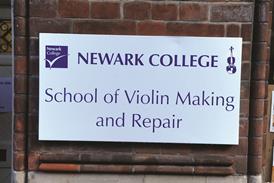

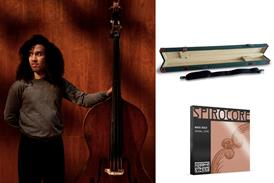
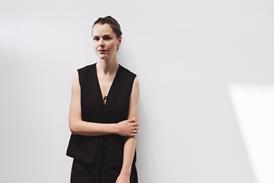
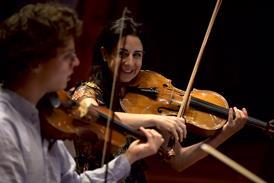
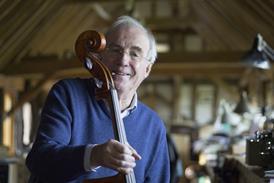
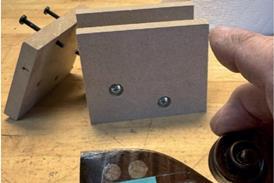
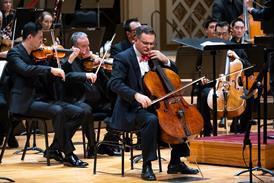
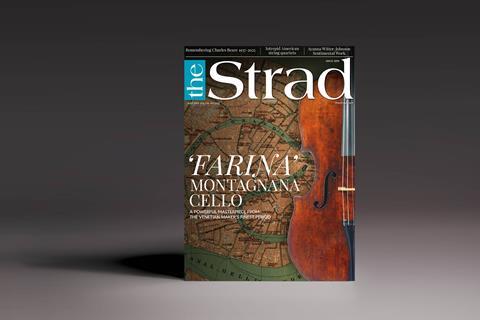
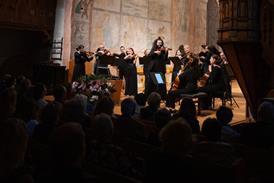

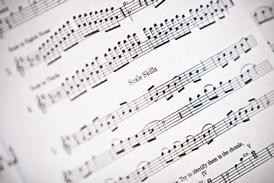
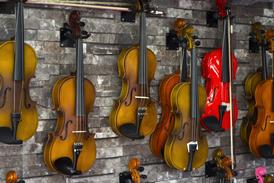
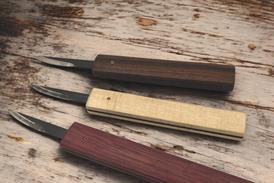
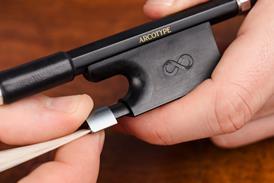
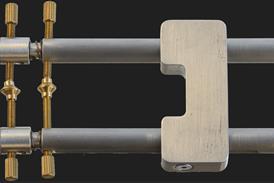
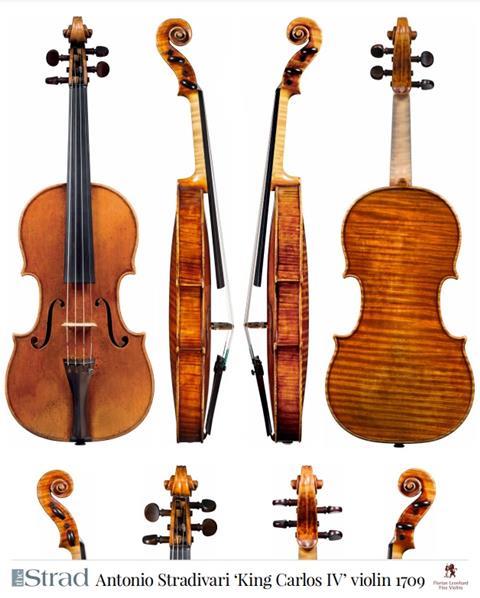
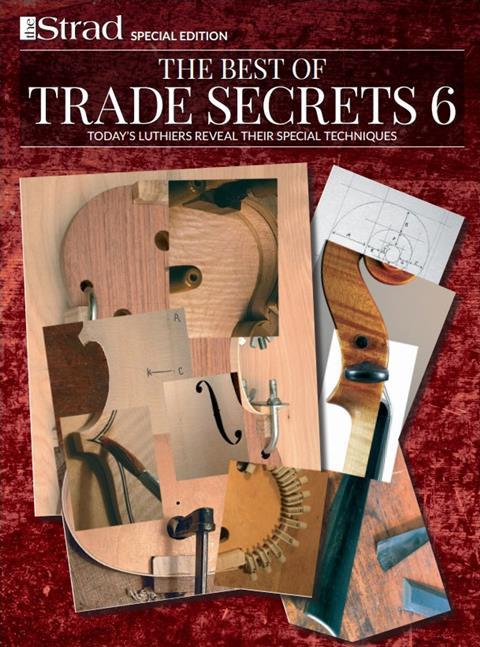
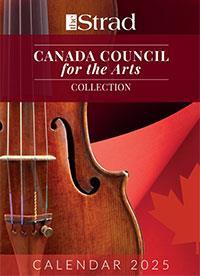












No comments yet